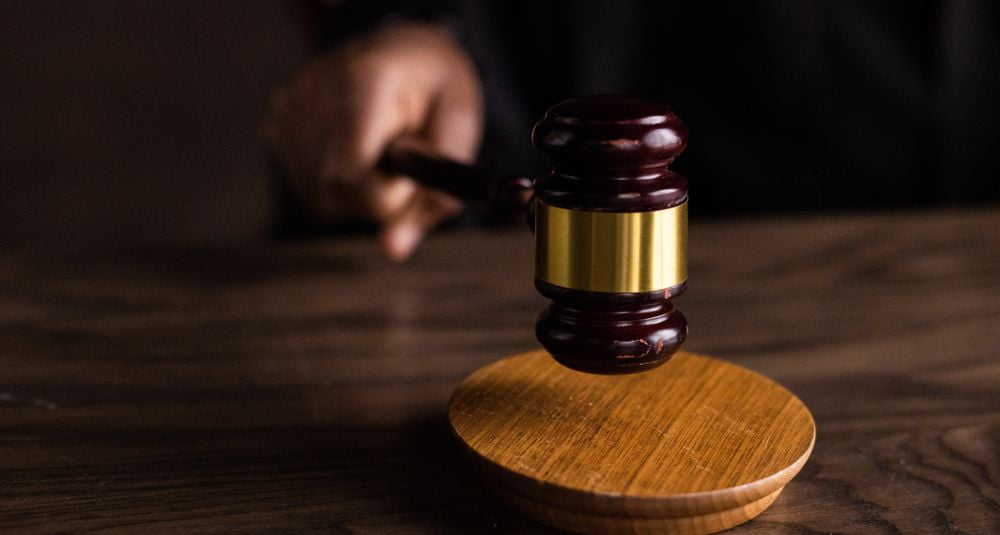Disciplinary investigation – why is it important

The investigation is a vital part in the disciplinary process.

Keep the following in mind when conducting an investigation:
- It is important to establish when the alleged misconduct took place, where it happened and exactly what happened.
- Make sure allegations are not malicious and there is sufficient evidence to support every alleged offence.
- Investigate all surrounding circumstances to allegations and whether there were any witnesses.
- Assess the circumstances that led to the misconduct.
- Evaluate if the proof is sufficient to prove the employee’s guilt.
- Find out if anyone else was involved. Workplace rules must be applied consistently – if two employees were fighting, both must be disciplined.
- If goods were stolen or property was damaged, determine the value thereof. If the employer is alleging that the company suffered reputational damage, make sure there is sufficient evidence to support this.
- If possible, try to obtain video footage or pictures of the broken equipment or of the employee committing the misconduct.
- Interview the employee to establish what happened and document or record their response to the allegations.
- Obtain witness statements.
- Establish whether there are any previous warnings on file and if there are, which warnings are still valid.
- Any other applicable information which provides full details of the misconduct.
Formulate the charges
It is important that employers deal with issues in the workplace as quickly and effectively as possible, whilst taking care to act objectively and consistently. There is no specified period for completion of an internal disciplinary investigation. Preferably, an investigation must be without any delay and not unnecessarily dragged out. An investigation depends on the nature and complexity of the case, the amount of evidence, and the availability of witnesses and other evidence.
What about suspension?
An employer is entitled to suspend an employee on a precautionary basis pending an investigation, especially if there is a possibility that the employee can interfere with the investigation in any way. Take note that precautionary suspension is with full pay and benefits and that the employee is not being punished. Employers should take care to always follow the correct procedures, especially when applying discipline in the workplace.
IS YOUR BUSINESS LABOUR-COMPLIANT?
FIND OUT NOW.
